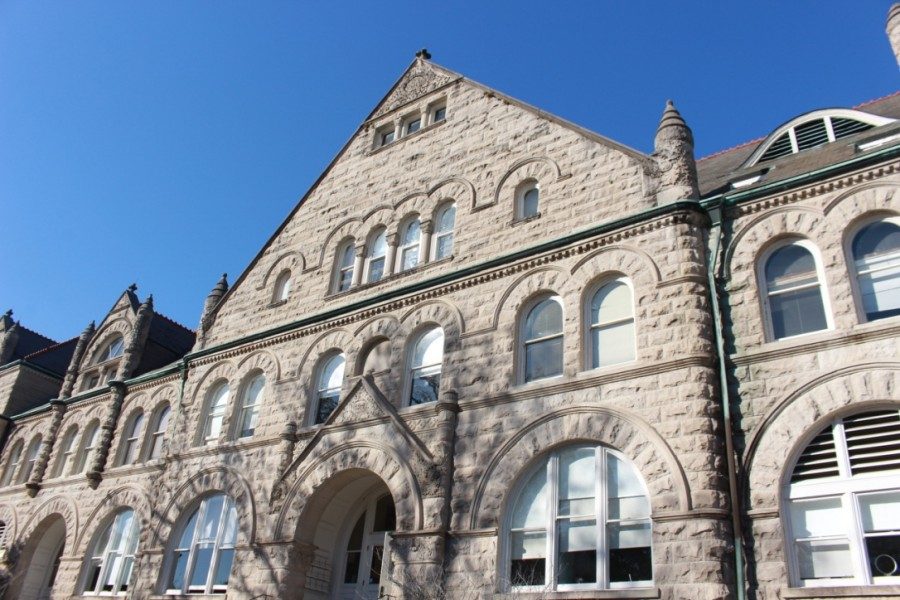Class of 2022 brings change to admissions strategy
Sanjali De Silva | Senior Staff Photographer
Tulane accepted 800 fewer students this year, offering admission to only 6,700 students.
Moving from 30 percent to 17 percent in just two years, Tulane’s acceptance rate has plummeted since 2015.
Two factors have contributed to this rapid rise in selectivity: a dramatic increase in the number of applications and an increasing number of students who accept offers of admission to the school.
The university received 32,006 applications for Fall 2016, according to U.S. News, followed by 35,605 applications for Fall 2017 and 38,813 applications for Fall 2018.
The growth is particularly noticeable in the Early Decision applicant pool, which saw 37.5 percent more applications compared to last year. Like last year, more than a quarter of the incoming class will be early decision applicants.
The incoming #Tulane Class of 2022 is already setting university records. https://t.co/UO9Z0oEztH 👀 #Tulane #RollWave pic.twitter.com/W04hNyx28b
— Tulane University (@TulaneNews) February 23, 2018
Similarly, as application volume increases, the university’s annual yield — the number of accepted students who choose to attend Tulane — is growing as well.
Despite the university accepting 700 fewer students, the Class of 2021 contained more students than the Class of 2020 as a result of a larger yield. In fact, 2021 marked the third year in a row in which the school saw “its largest first year class ever.”
To accommodate this growth in the student population, the school has taken several steps including converting many rooms in Wall Residential College to triples, hiring additional counselors, adding employees to student services, expanding meal plan options outside of Bruff Commons and adding additional sections of freshman classes.
In response to these unexpected increases in yield, the school will accept 800 fewer students this year, offering admission to only 6,700 students.
Admission predicts that 25-26 percent of these students will accept their offers, suggesting that the streak of broken admissions records may be coming to a close.
See what sets Class of 2021 apart from previous Tulane classes.https://t.co/rDrXUemwZq pic.twitter.com/JYoaK8Wc3m
— Hullabaloo News (@hullnewsTU) August 24, 2017
These numbers partially reflect national trends among high school graduates, more of whom are applying to more colleges. It also reflects increased efforts by the Office of Admission to reach out to more prospective students and to meet a larger proportion of financial need.
Meeting need is especially important for colleges after the Great Recession. Studies and polls have suggested that following the recession students become far more price-sensitive in their college choices.
Many studies show that neighboring Loyola University saw a drastic decline in its 2013 student yield following an effort to reduce aid awards, which led to the resignation of Loyola’s vice president for enrollment management. Tulane plans to continue expanding its need-based financial aid to attract greater numbers of more diverse students.
Your donation will support the student journalists of Tulane University. Your contribution will allow us to purchase equipment and cover our annual website hosting costs.

















Leave a Comment